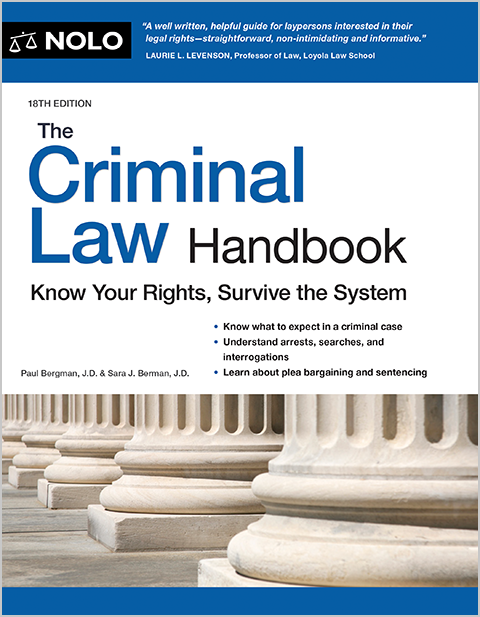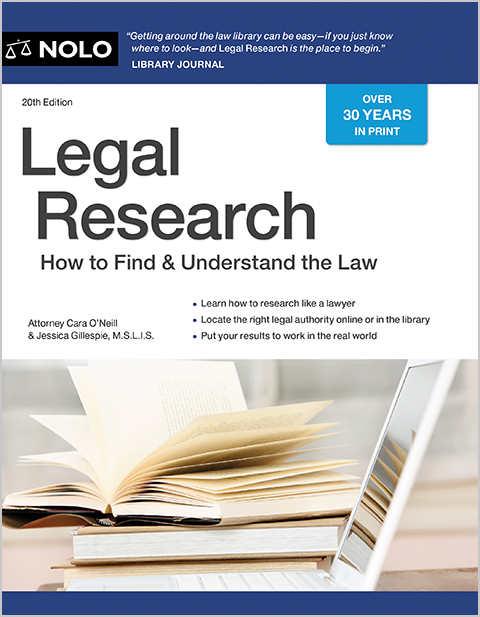Often confused with probation or parole, federal supervised release represents a sort of hybrid of the two.
In the federal system, many defendants serve a term of supervised release after completing their prison sentence. Supervised parole replaced the parole system for federal crimes. While similar to parole, several important differences exist.
How Federal Supervised Release Works
Supervised release provides a period of restricted freedom for recently released prisoners (often between one and five years). A federal judge will set the supervised release term (duration) and conditions at the time of sentencing. Although not mandatory for most crimes, judges impose supervised release in approximately 75% of cases.
During supervised release, the defendant must abide by the conditions of release and be supervised by a probation officer. A former prisoner who violates the conditions of supervised release may be sent back to prison, potentially to remain there until the end of the supervised release term. The judge retains jurisdiction over a defendant's supervised release and will make decisions regarding early termination (for good behavior) or modification or revocation (for violations).
Federal Supervised Release vs. Parole
Supervised release differs from parole in several respects.
Purpose and Timing
- Supervised release occurs post-imprisonment and is limited to a set term of years (such as 3 or 5 years). It doesn't take the place of prison time. Rather, it's a period of oversight that the defendant must serve after completing their prison sentence.
- Parole is a form of early, conditional release from prison. Typically, an inmate must serve a certain portion of their prison sentence and have a record of good behavior to qualify for parole consideration. If granted, a person generally remains on parole for the duration of their sentence.
Decision Makers
- A federal judge orders and sets conditions of supervised release at sentencing.
- A parole board considers an inmate's request for parole during incarceration. If granted, the parole board or other corrections official sets conditions of parole.
Violations and Authority
- A federal judge retains jurisdiction over the terms of supervised release. If the defendant violates the terms, the court will decide whether to modify or revoke release and send the defendant to prison. If sent back to prison, the defendant serves the remainder of the release term.
- The parole board or other correctional authority maintains jurisdiction over a parolee. If the parolee violates parole, a parole violations officer or board will determine whether and how to modify or revoke parole. A parolee who is returned to prison will generally serve the remainder of their prison sentence.
Federal Supervised Release v. Probation
And what about probation? Similar to supervised release, a judge (rather than a separate board) makes decisions regarding probation. But unlike supervised release, which occurs after completion of a prison sentence, probation is served in lieu of a person's prison sentence. It's a chance for the offender to serve their sentence in the community while supervised and potentially avoid prison. If the probationer violates their conditions, a judge can revoke probation and send the offender to prison to start their sentence.
(18 U.S.C. § 3583 (2021).)

